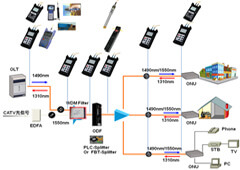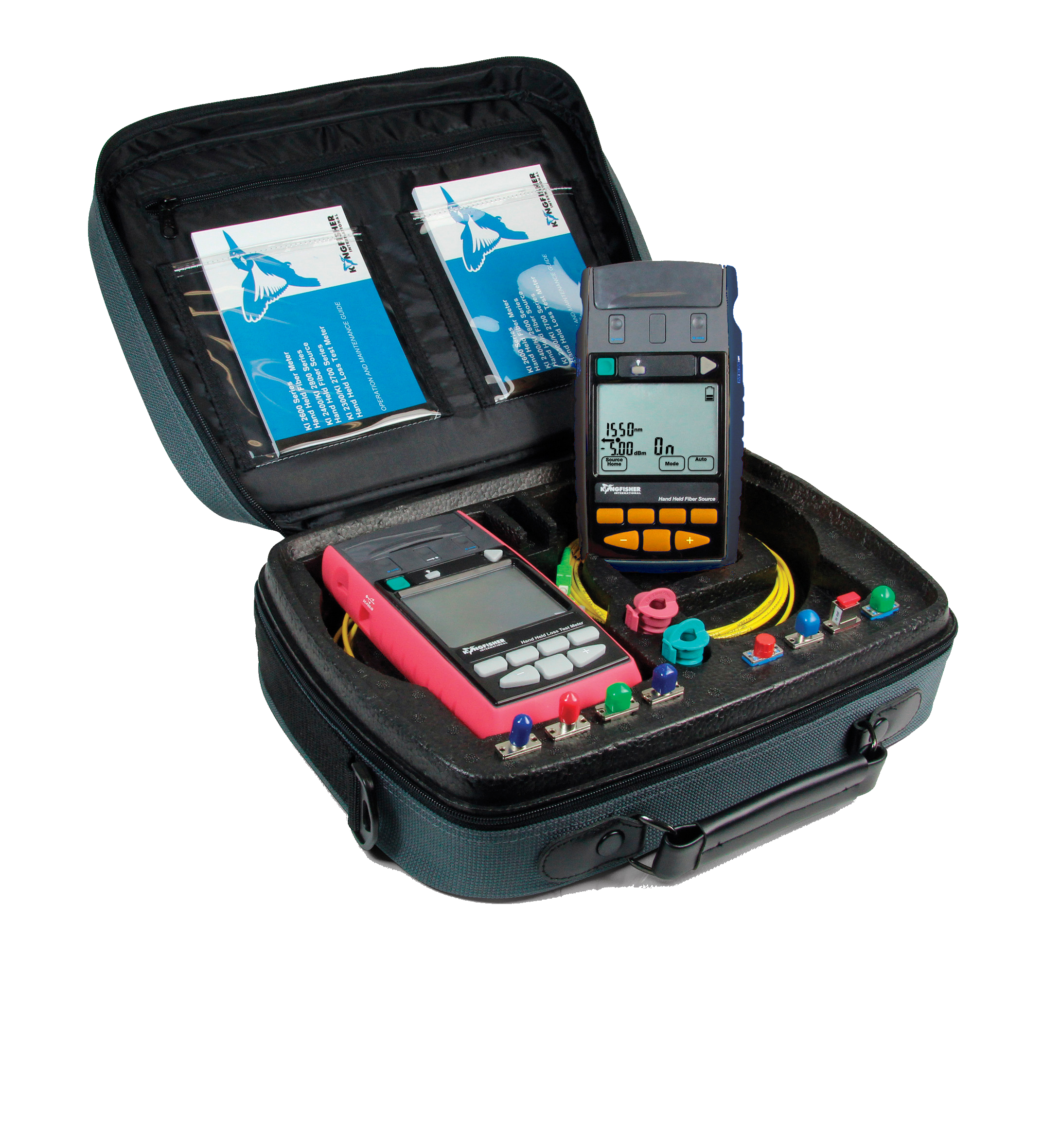Checking out the Influence of Robotic Vision on Modern Production Techniques and Quality Assurance
Robotic vision technology is changing the landscape of modern production and high quality control. By integrating innovative imaging systems and expert system, manufacturers can accomplish unprecedented degrees of precision and performance. This shift not just maximizes production processes yet likewise addresses critical obstacles in maintaining product standards. As markets increasingly count on these advancements, the effects for future production techniques continue to be to be fully discovered. What will this imply for the affordable dynamics of the market?
Recognizing Robotic Vision Innovation
Robotic vision modern technology functions as the foundation of automation in contemporary manufacturing. It incorporates making use of video cameras, sensors, and synthetic knowledge to make it possible for robotics to interpret and reply to aesthetic details from their atmosphere. This technology allows robotics to recognize, locate, and assess objects, making them qualified of performing complicated tasks such as assembly, examination, and product handling with accuracy. The combination of artificial intelligence algorithms further improves the ability of robot vision systems, enabling them to adapt to differing conditions and enhance with time. By processing photos and data in real-time, robotic vision systems can assist in much faster decision-making and minimize mistakes in manufacturing procedures (optical fibre diameter analyser). This technology not just boosts functional performance however additionally assures that top quality criteria are fulfilled constantly. As the production landscape continues to progress, comprehending the intricacies of robotic vision modern technology becomes important for leveraging its potential completely
Advantages of Robotic Vision in Production
Robotic vision modern technology uses significant advantages in production by improving accuracy and precision in jobs such as quality control and assembly. This increased degree of detail warranties that items satisfy strict requirements, decreasing waste and revamp. Additionally, the integration of robot vision can result in increased production efficiency, enabling makers to maximize their procedures and attain higher outcome rates.
Enhanced Precision and Accuracy
In modern production, improved precision and accuracy are crucial for enhancing manufacturing processes and making sure product top quality. Robotic vision systems enable machines to carry out complicated jobs with impressive uniformity. These systems make use of advanced imaging technologies to find minute information and variants in products, elements, and ended up items. By evaluating aesthetic information in real-time, robot vision considerably decreases human error, causing less flaws and better requirements. Additionally, improved precision in dimensions and positioning facilitates much better placement in assembly procedures, which is vital for complex styles. Ultimately, the integration of robot vision not only boosts the reliability of manufacturing results but additionally cultivates self-confidence among consumers pertaining to product stability and performance. This accuracy is vital in industries where top quality is critical.
Raised Production Performance

Suppliers are progressively transforming to vision systems to enhance production effectiveness across numerous procedures. These sophisticated systems enable real-time evaluation and surveillance, significantly lowering downtime caused by mistakes or problems. By integrating robot vision, firms can automate quality assurance, permitting faster identification of issues and reducing the demand for human intervention. This brings about streamlined operations, as robotics can swiftly adjust to adjustments in manufacturing needs without giving up precision. Moreover, vision systems facilitate far better inventory management by properly tracking parts and products, ensuring optimal resource use. Inevitably, the fostering of robotic vision not just enhances effectiveness yet additionally adds to higher output rates, lowered functional costs, and improved overall efficiency in the production field.
Enhancing Quality Assurance Processes
Robotic vision innovation considerably improves quality assurance processes in production by using accuracy assessment methods. These sophisticated systems assist in real-time defect discovery, making sure that items meet rigid quality requirements. Therefore, producers can decrease waste and enhance total effectiveness.
Precision Evaluation Techniques
Accuracy inspection strategies have changed quality assurance procedures in production, allowing the discovery of min defects that conventional approaches may forget. These methods take advantage of advanced imaging innovations, such as high-resolution video cameras and laser scanning, to achieve unparalleled precision. By making use of robot vision systems, suppliers can automate evaluation jobs, guaranteeing constant performance and minimizing human error. The combination of maker understanding algorithms furthermore enhances these systems, permitting them to adjust and improve over time. On top of that, precision inspection promotes the recognition of subtle variants in item measurements and surface area finishes, which can greatly impact general product quality. Therefore, manufacturers can carry out rehabilitative activities more quickly, inevitably bring about lowered waste and boosted customer fulfillment.
Real-Time Defect Detection
Using sophisticated imaging innovations, real-time defect detection changes quality assurance processes in production. By incorporating high-resolution cameras and innovative formulas, producers can promptly determine anomalies during manufacturing. This technology assists in prompt restorative activities, minimizing waste and improving total performance. Real-time systems assess items as they move along the production line, making sure that problems are detected and resolved without postponing manufacturing routines. In addition, the application of artificial intelligence boosts the precision of these systems, permitting them to adjust to new defect patterns with time. As a result, manufacturers gain from improved product quality and reduced functional costs. Inevitably, real-time flaw discovery not only streamlines processes however also promotes a society of continual enhancement in contemporary production environments.
Real-Time Data Evaluation and Decision Making
In the vibrant landscape of production, real-time information evaluation equips systems to make swift, educated decisions. By leveraging innovative robot vision innovations, suppliers can collect and process vast amounts of data immediately. These systems evaluate visual inputs to monitor production procedures, guaranteeing that any type of deviations from top quality standards are discovered and resolved without delay. Producers can enhance operations by reallocating sources and adjusting operations based on real-time insights.
Furthermore, the integration of data analytics allows for predictive maintenance, where possible devices failings are expected prior to they interrupt production. This aggressive approach lessens downtime and improves total efficiency. robotic vision. The capability to web link make data-driven choices in real time significantly decreases waste and improves item top quality, permitting manufacturers to reply to market demands swiftly. Therefore, real-time information analysis not only streamlines production but additionally cultivates a society of continuous improvement in modern manufacturing atmospheres
Challenges in Executing Robotic Vision Systems
Executing robot vision systems in manufacturing presents an array of obstacles that can hinder their performance. One considerable challenge is the complexity of incorporating these systems with existing equipment and process. Manufacturers often face compatibility problems with legacy tools, causing raised expenses and downtime. Furthermore, the variability in product forms, sizes, and materials can complicate the calibration of vision systems, demanding comprehensive training and fine-tuning.
An additional obstacle hinges on refining big quantities of aesthetic data in actual time. High-performance computing resources are necessary, which might need further financial investment in framework. Furthermore, there is a lack of proficient employees with the ability of taking care of and keeping these innovative systems, resulting in possible operational inadequacies. Making sure the integrity and precision of robotic vision systems under differing ecological conditions positions a continuous obstacle. Resolving these issues is crucial for taking full advantage of the prospective benefits of robot vision in production.
Future Fads in Robotic Vision for Production
As advancements in fabricated intelligence and device learning remain to progress, the future of robotic vision in production appears progressively appealing. Arising patterns show a shift towards much more sophisticated imaging innovations, such as 3D vision systems and hyperspectral imaging, which will certainly enhance accuracy in quality assurance procedures. Integration with the Net of Things (IoT) will allow real-time information analysis, permitting robotic systems to adapt rapidly to changes in the production environment. The growth of collaborative robotics (cobots) furnished with sophisticated vision capacities is anticipated to facilitate smooth human-robot communications, boosting effectiveness and safety on the manufacturing facility flooring. In addition, the incorporation of side computer will certainly empower robotic vision systems to refine information locally, lowering latency and making it possible for faster decision-making. These technologies will not only simplify making processes however likewise substantially boost product top quality, positioning robotic vision as a foundation of future commercial operations.
Frequently Asked Inquiries
Exactly How Much Does Robotic Vision Modern Technology Normally Expense?
Robotic vision innovation typically costs between $10,000 and $100,000, depending on the complexity and specifications. Factors influencing price include sensor quality, software application capacities, and integration requirements, making it important to examine certain job requirements.
What Industries Are Many Affected by Robotic Vision Improvements?
Robotic vision developments significantly impact look here industries such as manufacturing, automobile, electronics, and food processing - fibre testing equipment. These fields take advantage of enhanced automation, enhanced quality assurance, and raised performance, leading to streamlined procedures and decreased labor costs
Can Robotic Vision Solutions Be Integrated With Existing Machinery?
Robotic vision systems can indeed be incorporated with existing machinery. This integration improves functional effectiveness, permitting suppliers to take advantage of advanced modern technologies without the need for full overhauls, thereby enhancing production processes and keeping top quality criteria.

What Skills Are Required to Run Robotic Vision Systems?
Running robot vision click for info systems demands efficiency in shows, an understanding of artificial intelligence, understanding of photo handling techniques, and the ability to fix software and hardware problems, making certain smooth assimilation and optimal efficiency within making settings.
Exist Any Type Of Safety Worry About Robotic Vision in Manufacturing?
